Even though simply practicing setting goes a long way, elite setters also train their strength to develop their essential qualities. Having the strength to consistently set those sloppy second balls within the desired hitting window is a very specific skill.
It is also vital for younger athletes to develop hand and finger strength as well as upper arm strength. A setter’s agility is crucial, so it’s important for them to develop lower body speed and explosiveness to be as effective as possible.
Throughout this article, I’ll discuss the most important Volleyball Setter Workouts drills and exercises setters should do regularly to help them develop strength, speed, and power.
Importance of Setter Workouts
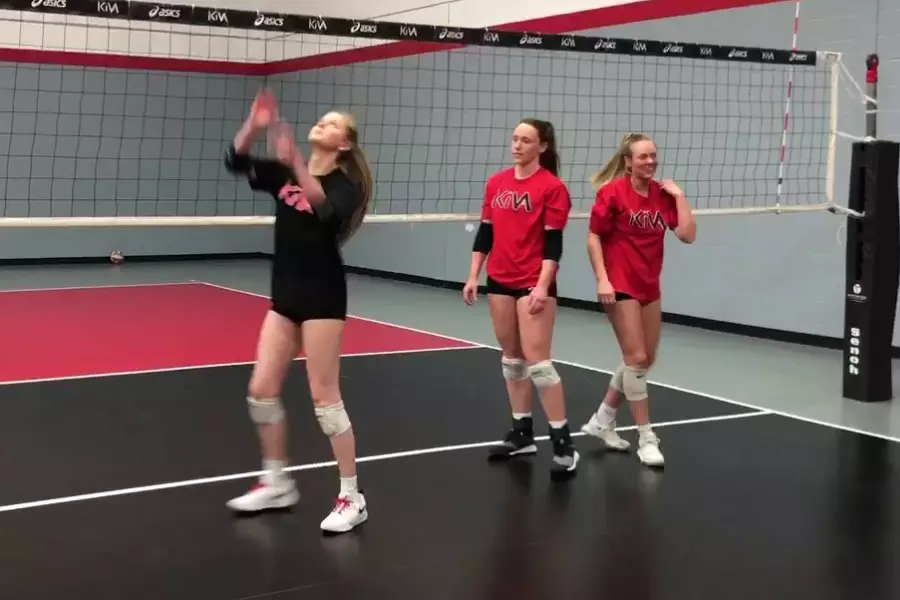
A setter’s workout is designed to increase their strength, power, agility, endurance, and overall performance on the court. The workouts focus on certain aspects of setter performance, such as footwork, hand-eye coordination, reaction time, core stability, and vertical jump. Train your setter skills by incorporating setter-specific exercises into your routine to improve accuracy, reaction time, and maneuverability.
Training Balls For Volleyball Setters
Let’s briefly discuss why a weighted volleyball is the best friend of every setter, before getting into what exercises they should be doing.
The only difference from regular volleyballs is that these things are heavier (around 16 ounces), which forces you to strengthen your fingers, hands, and wrists.
Using a weighted volleyball will train your muscles to adapt to the increased load, and you’ll be able to set more efficiently when you switch back to a regulation ball.
Volleyball Setter Ball Drills
With a setter ball, you can do any setting drill you would do on a regular volleyball. Using a setter ball can make high ball setting drills, such as the one described below as ‘exercise 5’, more challenging.
Taking a chair and setting the ball against the wall in front of a wall will do wonders, even if you just do something very simple. Almost no matter what you do, what matters is that you do it often!
A setter’s toolkit is an absolute must if you want to improve!
you may enjoy reading Volleyball Setter Drills
Strength training for volleyball setters
You will be able to be more competent and efficient as a setter by completing each of these exercises.
- The ability to chase and set more difficult balls depends on how fast, quicker, and more agile the setter is.
- Setting these difficult balls with greater accuracy, distance, and consistency will be possible for setters with stronger shoulders, arms, and hands.
- Setters with higher jumps are more successful blockers and earn more points via dumps.
Taking these exercises one step further, we will categorize them into upper-body or lower-body movements, based on whether they are focused on speed or power.
Strengthening the upper body for setters
Upper body training is intended to increase the setter’s overhead power to increase setting output.
A person’s power can be measured by how strong they are multiplied by how fast they are. Three types of exercises will be done to develop maximum power:
- Strength
- Speed
- Speed strength
You can think of speed strength exercises as a combination of both or simply as ‘power’ exercises.
1. Presses overhead
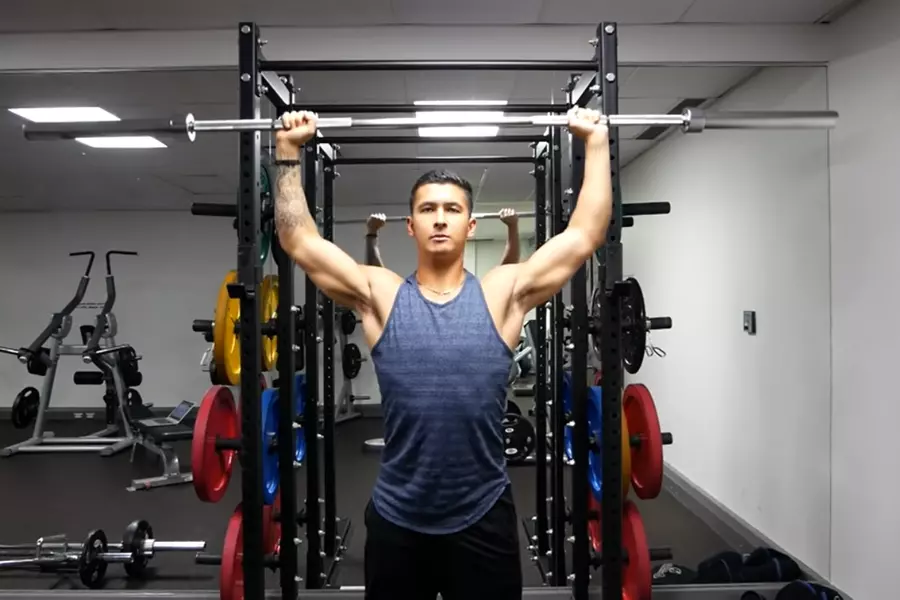
My favorite strength exercise for setters is the standing overhead press/military press. The purpose of this exercise is to develop strong shoulders, triceps, and upper backs.
A barbell is the best tool for performing these exercises. Get a grip slightly wider than shoulder width while keeping your feet in line with your hips. Keep your spine neutral while lifting the barbell overhead with your core engaged.
In addition to being biomechanically similar to setting a volleyball, this is a must-have for setters. It is the best upper-body strength exercise for volleyball setters because it trains each of the prime movers involved in setting motions.
2. The incline bench press
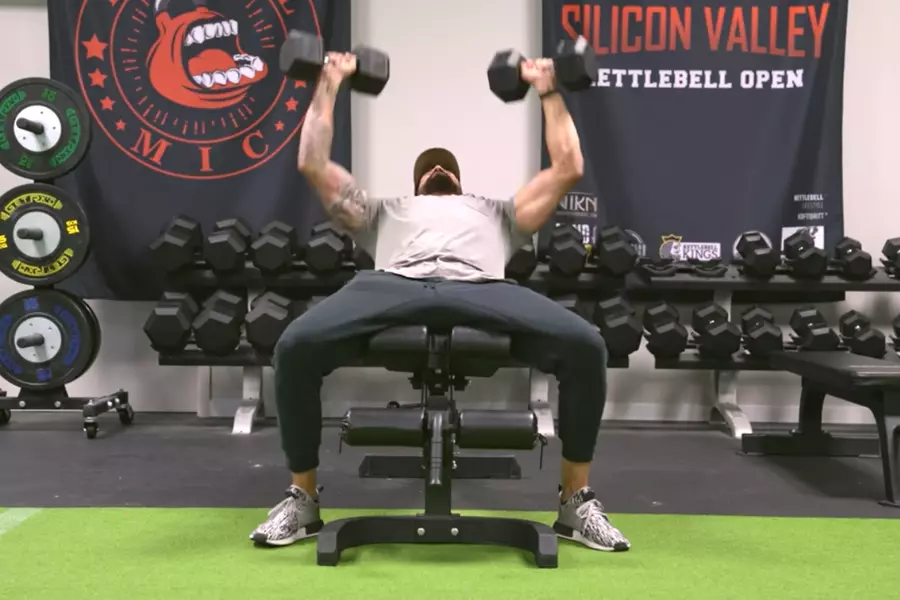
Setters benefit from the incline bench press for the same reason they benefit from the OHP: specificity. An incline bench is an excellent tool for strengthening the upper chest during setting.
A key muscle group that is targeted by this exercise is the anterior deltoids (front of your shoulders). Dumbbells or barbells can be used to perform this exercise. Focus on controlling the weight throughout the entire movement while your bench is at roughly 45 degrees.
3. Slammed Med Balls
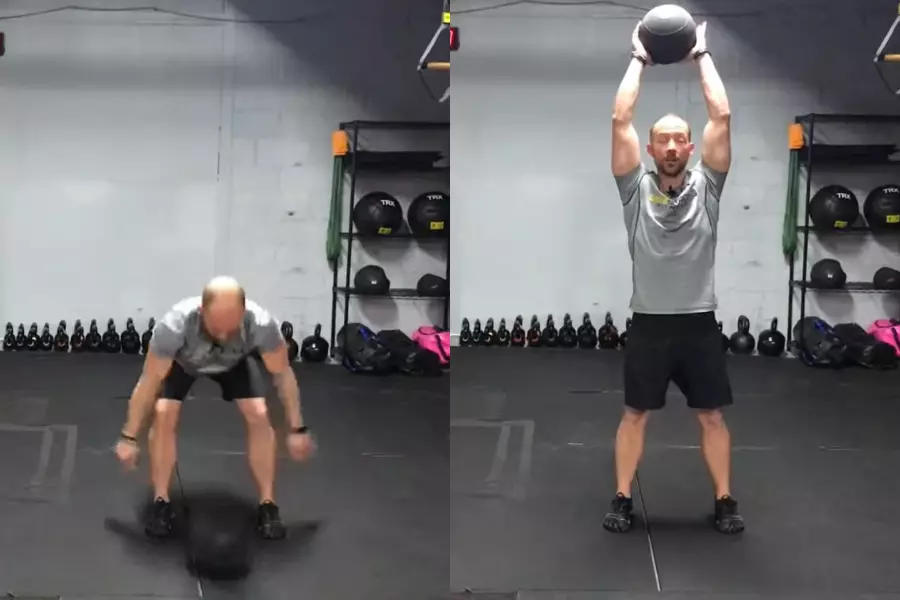
Rather than strength training, we’re now working on speed strength movements (also known as power movements). Moving the load quickly is the objective here.
As aggressively as possible, slam a 5-10kg medicine ball into the ground above your head. To get the ball into the ground as hard as you can, focus on throwing it as hard as you can.
You can do this exercise to develop the strength of your triceps, rear delts, and upper back.
4. Throwing med balls against the wall
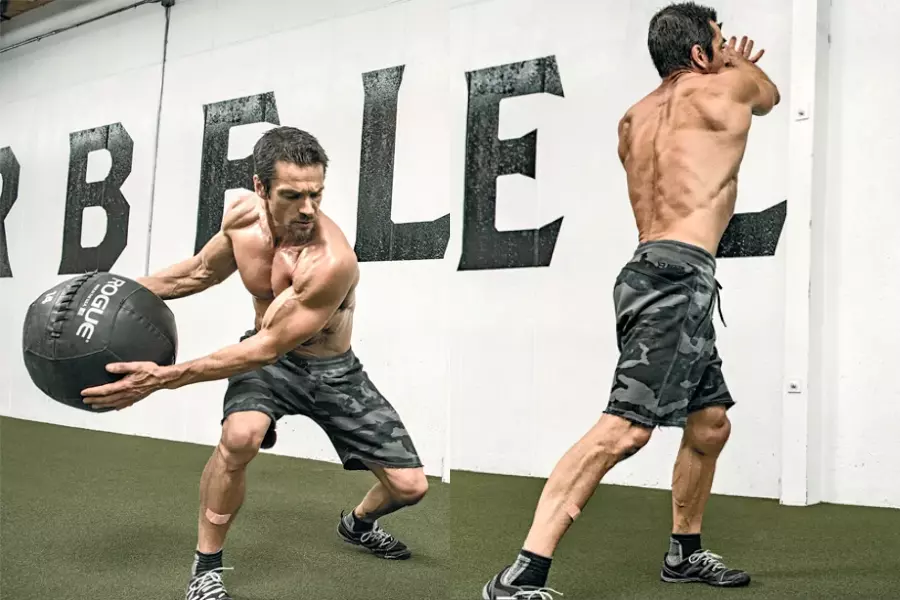
It essentially involves the chest passing the medicine ball as high as possible using a similar size medicine ball. It’s easier to catch if you throw the ball into the air, but you can also use a wall.
For plenty of power, bend your knees and hips even though you are not squatting as deep as the woman in our demonstration. In this game, you’ll be throwing the ball against the wall as high as possible and you’ll be executing a full-body explosive movement if you do it right.
As well as taking your time between reps, you are able to reset between rounds as well.
5.: Height-specific volleyball sets
The last thing we’ll do is a speed exercise or plyometric exercise, which will be the last exercise after doing strength exercises and a few power exercises.
The only thing we’re practicing here is putting a volleyball as high as possible. Virtually anywhere is a good place to do this with a partner or by yourself.
You should focus on maximizing height without getting too reckless – make fairly clean, technically sound sets that remain close to your target.
You may enjoy reading Libero Volleyball Drills
Strength in the lower body for setters
Vertical jumps, quickness, and acceleration are the primary purposes of lower bodywork. There is a connection between these two aspects of explosiveness.
1. Barbell Jump Squat

Once again, we are moving from strength exercises to power exercises with the barbell jump squat. Lifting is all about moving the additional load, as with any power movement.
You’ll need to squat down slightly and explode back upwards after you’ve placed the barbell on your back. Before doing a vertical jump, you should bend your legs to the same degree.
2. The 20-yard sprint
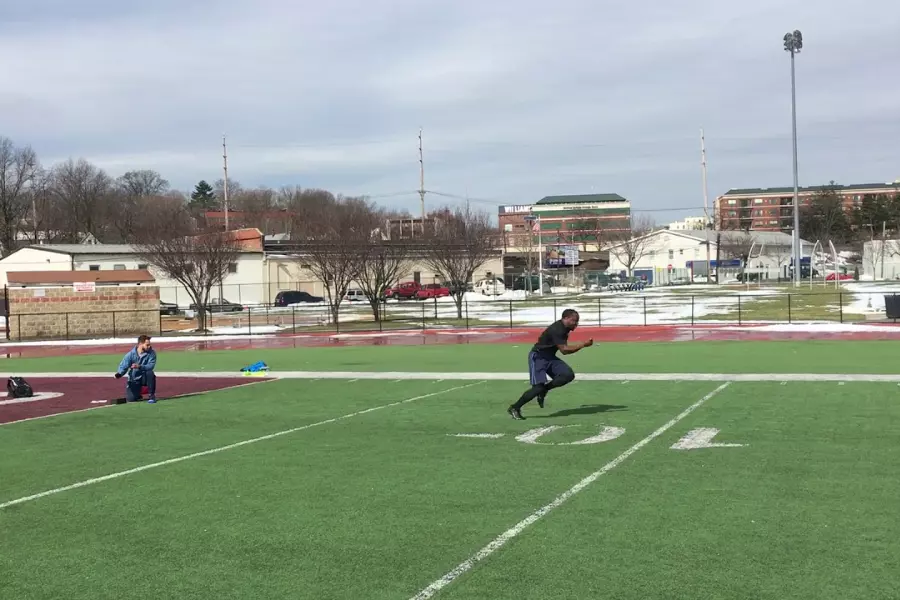
Speed exercises, otherwise known as plyometrics, are speed-focused exercises. The faster you sprint, the more effective your body will be at recruiting fast-twitch muscle fibers.
It’s crucial to practice your chasing skills as a setter since you’ll often be chasing down stray passes. Since we’re primarily concerned with developing acceleration over short distances such as volleyball courts, a 20-yard sprint is sufficient.
3. Back Squat
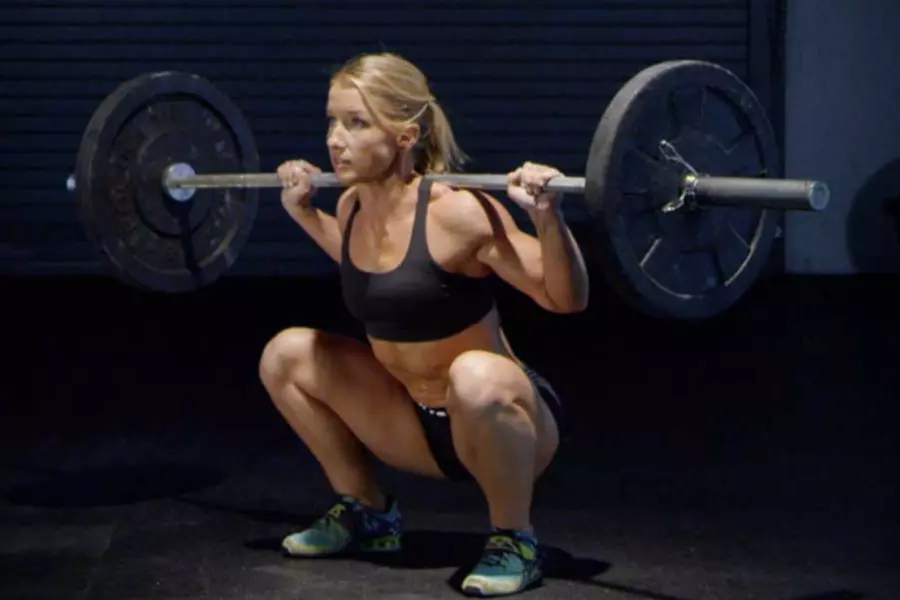
The back squat is one of the best exercises for increasing lower body strength, especially when training to jump higher. The reason for this is that the movement is very similar to the ‘triple extension’ of a vertical jump.
Start by racking the bar on your lower traps with your feet shoulder-width apart. Try to explode out of the hole as quickly as you can after you squat down to parallel with the floor (or lower if you prefer).
No matter what type of squat you prefer, either a low bar squat or a high bar squat will work.
4. Bulgarian Split Squat
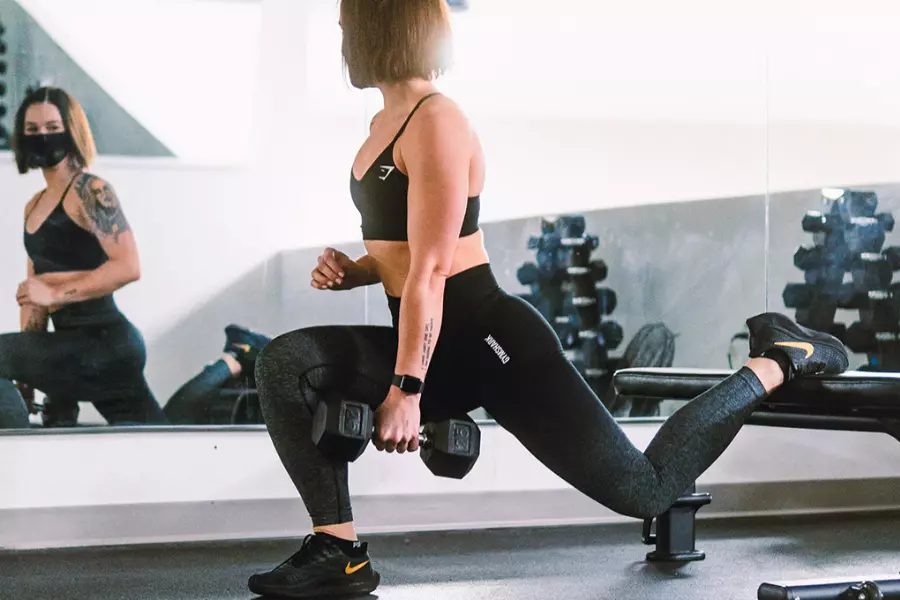
I also recommend Bulgarian split squats to volleyball players as a strength exercise. An exercise like this is unilateral, meaning both legs are trained at the same time. Using minimal weight, the BSS can correct muscle imbalances and increase strength.
Utilize your front leg to drive yourself through the motion as you squat down with your rear foot elevated on a bench. I bet you’ve never experienced a quad burn like this!
Bulgarian split squats can be performed in a variety of ways, but for maximum strength, you’ll want to use a barbell or Smith machine.
You may enjoy reading Can You Wear Basketball Shoes For Volleyball?
Endurance Conditioning for Long Matches
The constant movement and setting of the ball during volleyball matches can be physically taxing. Maintaining your performance during a game requires endurance conditioning. To improve your stamina and endurance on the court, include cardio exercises such as running, cycling, and interval training in your routine.
Injury Prevention Tips
It is important to prevent injuries in order to stay at the top of your game. As a volleyball setter, you can minimize the risk of injury by following these tips:
- It is always a good idea to warm up before practice or a game.
- Exercises and movements should be performed with proper technique and form.
- Make sure your training schedule includes recovery days.
- Protect yourself by wearing appropriate footwear and clothing.
- If you feel discomfort or pain, listen to your body and address it as soon as possible.
Recovery and Rest
The importance of recovery and rest cannot be overstated in any training program. You need time to repair and rejuvenate your body as a volleyball setter. For optimal performance and to avoid overuse injuries, make sure you prioritize adequate sleep, nutrition, and rest days. After intense training sessions and matches, allow yourself time to recover.
Nutrition for Optimal Performance
In order to maximize your performance as a volleyball setter, you must consume the right nutrients. Consume lean proteins, whole grains, fruits, vegetables, and healthy fats to nourish your body. Hydrate yourself before, during, and after practice and matches by drinking plenty of water. Make sure your diet is customized based on your specific needs by consulting a sports nutritionist.
Mental Conditioning for Setters
It is equally important for setters to have a strong mental game. Utilize various mental conditioning techniques to improve your mental toughness, focus, and decision-making skills. To make split-second decisions on the court, visualize, talk positively to yourself, and practice mindfulness. Sharpen your mental game by incorporating mental exercises and strategies into your training routine.
You may enjoy reading Can You Wear Tennis Shoes For Volleyball?
What is the number of sets & reps, weight, and frequency?
Squats, overhead presses, and bench presses should be performed between 5-8 repetitions for strength exercises like these. As we are trying to develop strength with these exercises, we are using heavy weights for a low amount of repetitions.
It is fine to do anywhere between 4-7 repetitions with the medicine ball and jump squats before taking a break. Ultimately, the number of sets you do per exercise will depend on a range of factors, but try to stick to no more than 3-5 sets.
It is recommended that setters (and all volleyball players) do these exercises at least 2-3 times per week during their workouts. It will largely depend on how often they play volleyball whether they go to the weight room or not.
It is generally better to do strength exercises no more than three times a week for athletes who play plenty of volleyball. A simple strength workout for a setter would consist of performing the above exercises for the prescribed reps and sets within 60 to 80 minutes.
FAQs
How often should I incorporate setter workouts into my training routine?
Aim to include setter workouts at least two to three times a week in your training schedule.
Can setter workouts benefit other positions in volleyball?
Yes, many of the exercises and drills in setter workouts can benefit other positions as well, as they focus on fundamental skills and physical attributes.
Is it necessary to consult a coach or trainer for setter workouts?
You can tailor workouts to meet your specific needs by working with a knowledgeable coach or trainer.
Can I perform setter workouts alone, or do I need a partner?
For certain drills that involve passing or setting to a target, having a training partner can be beneficial.
How long does it take to see improvements in my setting skills through these workouts?
It may take a few weeks or months for your setting skills to improve, but consistent practice and dedication will yield noticeable results.
Conclusion
It is essential for volleyball setters to receive dedicated training if they are to excel at their position. Your setter skills can be improved by including the aforementioned workouts in your training routine. When it comes to training, keep a balanced approach to safety, listen to your body, and prioritize safety.
Moreover, check our guide on Best Volleyball Bags





